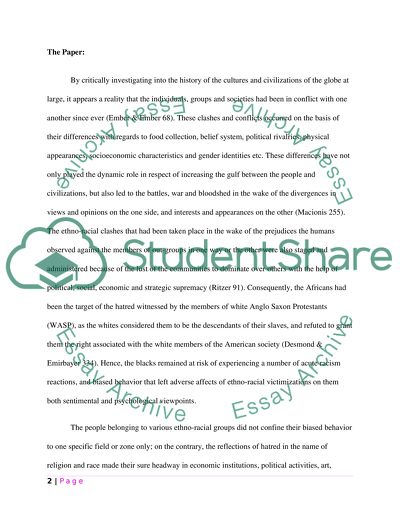Cite this document
(“Stereotypes in Disney and other Kids Programs Research Paper”, n.d.)
Stereotypes in Disney and other Kids Programs Research Paper. Retrieved from https://studentshare.org/philosophy/1479874-stereotypes-in-disney-and-other-kids-programs
Stereotypes in Disney and other Kids Programs Research Paper. Retrieved from https://studentshare.org/philosophy/1479874-stereotypes-in-disney-and-other-kids-programs
(Stereotypes in Disney and Other Kids Programs Research Paper)
Stereotypes in Disney and Other Kids Programs Research Paper. https://studentshare.org/philosophy/1479874-stereotypes-in-disney-and-other-kids-programs.
Stereotypes in Disney and Other Kids Programs Research Paper. https://studentshare.org/philosophy/1479874-stereotypes-in-disney-and-other-kids-programs.
“Stereotypes in Disney and Other Kids Programs Research Paper”, n.d. https://studentshare.org/philosophy/1479874-stereotypes-in-disney-and-other-kids-programs.


